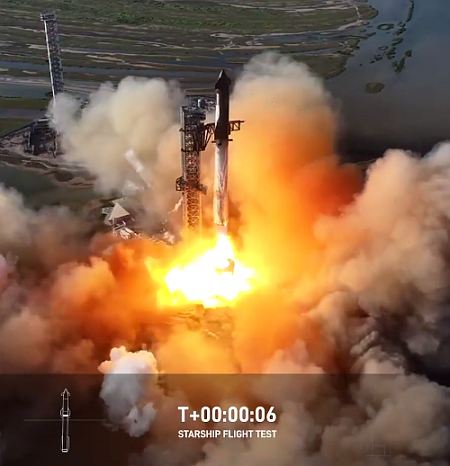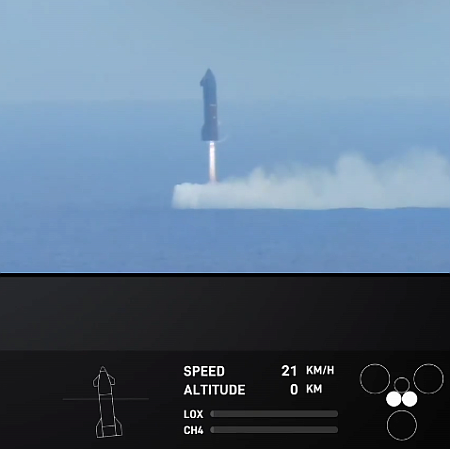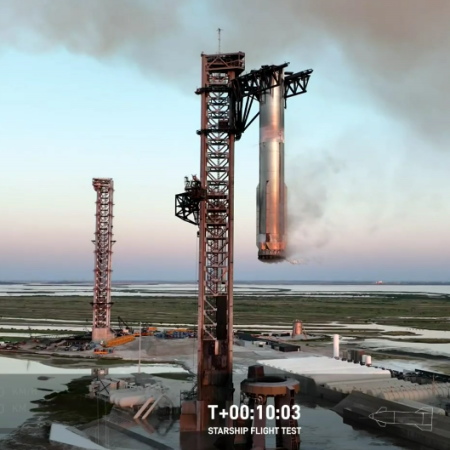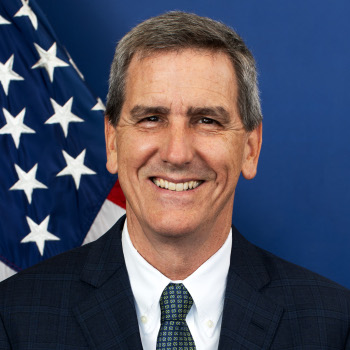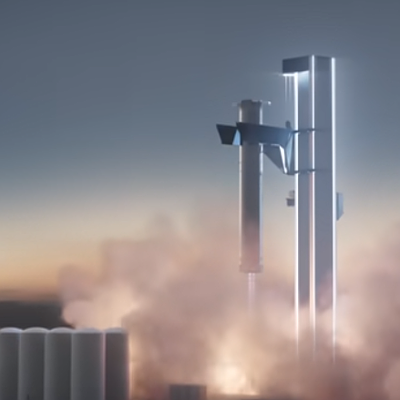Activists sue Texas commission for allowing SpaceX to use its Superheavy deluge launch system
The same activist groups that have repeatedly used lawfare to try to block SpaceX’s operations at Boca Chica have now sued the Texas Commission on Environmental Quality (TCEQ) for allowing SpaceX to use its deluge launch system during Starship/Superheavy launches, claiming that dumping potable drinking water into the ground somehow damages the environment.
The groups — the South Texas Environmental Justice Network, along with the Carrizo/Comecrudo Nation of Texas, and Save RGV — filed the lawsuit Monday after the agency decided last month to allow SpaceX to continue its operations for 300 days or until the company obtained the appropriate permit.
These three groups represent only a very tiny handful of people in the Rio Grande Valley. The people the media interviews from Save RGV always includes the same persons, suggesting that few people in south Texas support it. The “Carrizo/Comecrudo Nation of Texas” in turn is a fake Indian tribe. It no longer exists, and when it did it existed in Mexico, not Texas. Finally, the “South Texas Environmental Justice Network” is simply an umbrella organization created on top of other two to make it appear they have more support than they do.
The real question that local journalists should be asking is where are these groups getting their money for all their lawsuits? I suspect it comes from outside the region, from leftist political organizations whose goals have nothing to do with the environment.
The same activist groups that have repeatedly used lawfare to try to block SpaceX’s operations at Boca Chica have now sued the Texas Commission on Environmental Quality (TCEQ) for allowing SpaceX to use its deluge launch system during Starship/Superheavy launches, claiming that dumping potable drinking water into the ground somehow damages the environment.
The groups — the South Texas Environmental Justice Network, along with the Carrizo/Comecrudo Nation of Texas, and Save RGV — filed the lawsuit Monday after the agency decided last month to allow SpaceX to continue its operations for 300 days or until the company obtained the appropriate permit.
These three groups represent only a very tiny handful of people in the Rio Grande Valley. The people the media interviews from Save RGV always includes the same persons, suggesting that few people in south Texas support it. The “Carrizo/Comecrudo Nation of Texas” in turn is a fake Indian tribe. It no longer exists, and when it did it existed in Mexico, not Texas. Finally, the “South Texas Environmental Justice Network” is simply an umbrella organization created on top of other two to make it appear they have more support than they do.
The real question that local journalists should be asking is where are these groups getting their money for all their lawsuits? I suspect it comes from outside the region, from leftist political organizations whose goals have nothing to do with the environment.

